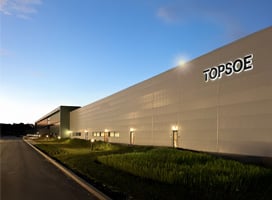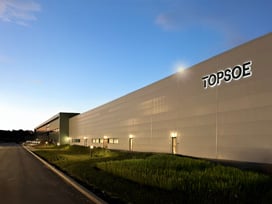After the 1973 oil crisis sparked a surge of interest in synthetic fuels, that interest soon waned as oil prices began to fall. However, today’s high energy prices and a volatile energy supply have rejuvenated interest in synthetic fuels. And, as gasoline specifications reach new levels of stringency, Topsoe has responded to the needs of the market with TIGAS™ – Topsoe Improved Gasoline Synthesis.
Synthetic gasoline is a competitive alternative to refinery gasoline and new energy carriers. Unlike DME, methanol and ethanol, synthetic gasoline meets existing gasoline standards so it can be used as a ‘drop-in’ fuel. This means that production can take place far from refineries, the existing infrastructure can be used for distribution and car engines can use it as fuel without modification.
Suitable for diluting highly viscous oil, or blending into the refinery gasoline pool, or simply as a ‘drop-in’ fuel, TIGAS™ is today’s technology for the fuel of tomorrow.
.png)


.png)































